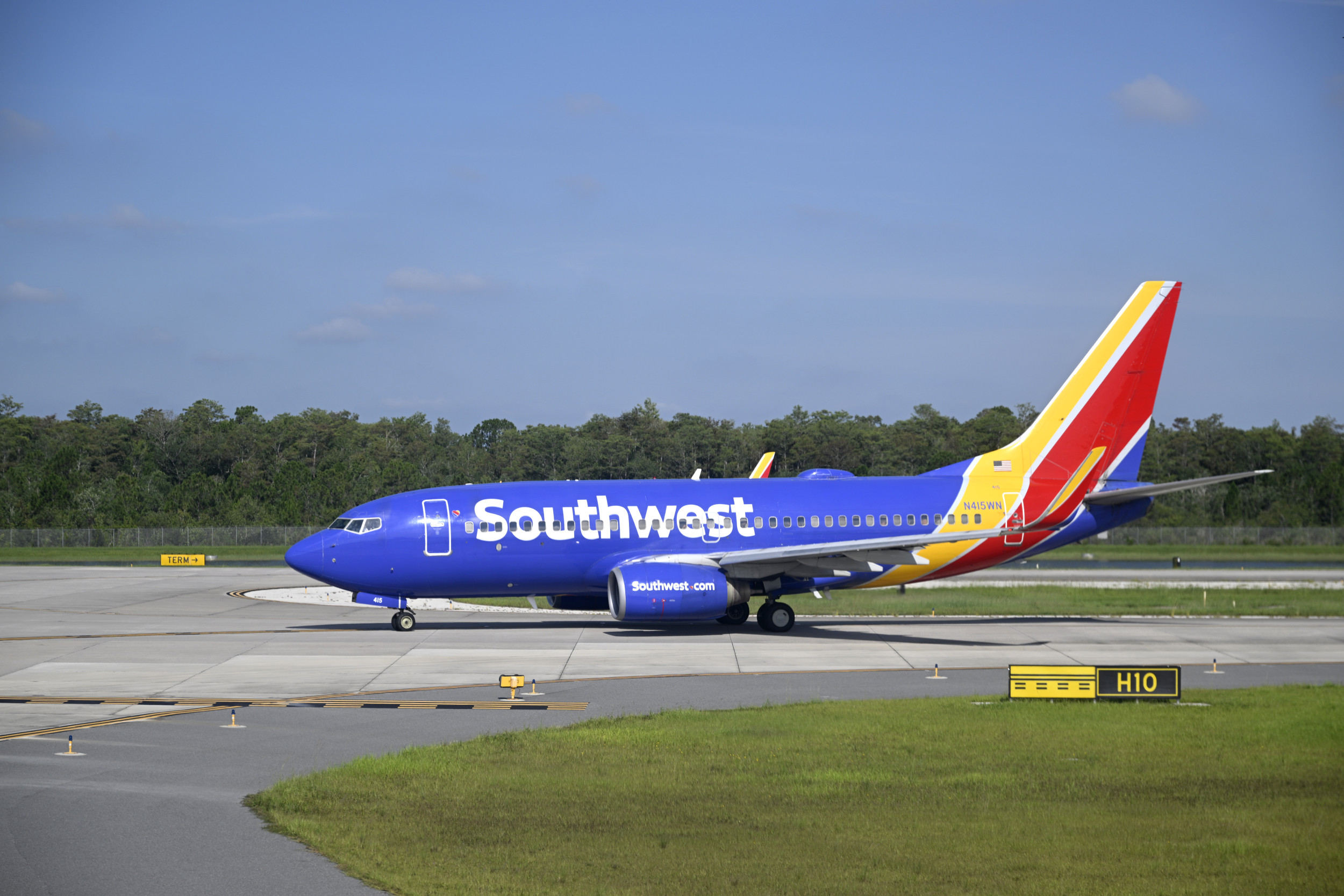Uncommon Knowledge
Newsweek is committed to challenging conventional wisdom and finding connections in the search for common ground.

Southwest Airlines is ending its open seating system, in the biggest change it has ever made in its 53 years of flying.
The Dallas-based airline announced the decision in a press release on Thursday, saying it was to “elevate the Customer experience, improve financial performance, and drive Shareholder value.”
It came after Southwest revealed, in a separate press release published on the same day, that its profits dropped more than 46 percent to $367 million, or 58 cents a share in the second quarter. This is despite the firm’s revenue rising 4.5 percent from last year to a record $7.35 billion.
More From Newsweek Vault: Southwest Rapid Rewards® Priority Credit Card Review
“Our second quarter performance was impacted by both external and internal factors and fell short of what we believe we are capable of delivering,” CEO Bob Jordan said in an earnings release.
Southwest has decided to scrap the open seating system it is known for and use assigned seating like its competitors, starting next year.
It made this decision after its own research showed that 80 percent of potential customers prefer an assigned seat.
More From Newsweek Vault: Compare the Best Rewards Credit Cards for Travel
“When a Customer elects to stop flying with Southwest and chooses a competitor, open seating is cited as the number one reason for the change,” the airline discovered.
Under the current system, travelers are split into three groups, which often ends up resulting in a chaotic rush to check in before the flight. Folks can get early boarding if they pay a higher price.
When the new structure comes in, people will be assigned seats in the same way other airlines do it, but there will also be a premium seating option on all flights, to pay more for extra legroom.
“While specific cabin layout details are still in design, Southwest expects roughly one-third of seats across the fleet to offer extended legroom, in line with that offered by industry peers on narrowbody aircraft,” the airline said.
Southwest also announced that it is introducing redeye flights—overnight flights that depart in the evening and arrive at their destination early the next morning, the first of which will arrive on Valentine’s Day next year.
“Redeye flying, coupled with continued reductions in turn-time through new technologies and procedures, is expected to provide incremental revenue and cost savings,” the release said.
Southwest is believed to be under pressure from investors to fix its financial situation— likely one of the major triggers for the current changes.
Jordan said: “Our goal is to restore industry-leading margins and historical levels of Shareholder returns through our comprehensive plan to deliver transformational commercial initiatives, improved operational efficiency, and capital allocation discipline.
“We are taking urgent and deliberate steps to mitigate near-term revenue challenges and implement longer-term transformational initiatives that are designed to drive meaningful top and bottom-line growth.”

Newsweek is committed to challenging conventional wisdom and finding connections in the search for common ground.
Newsweek is committed to challenging conventional wisdom and finding connections in the search for common ground.